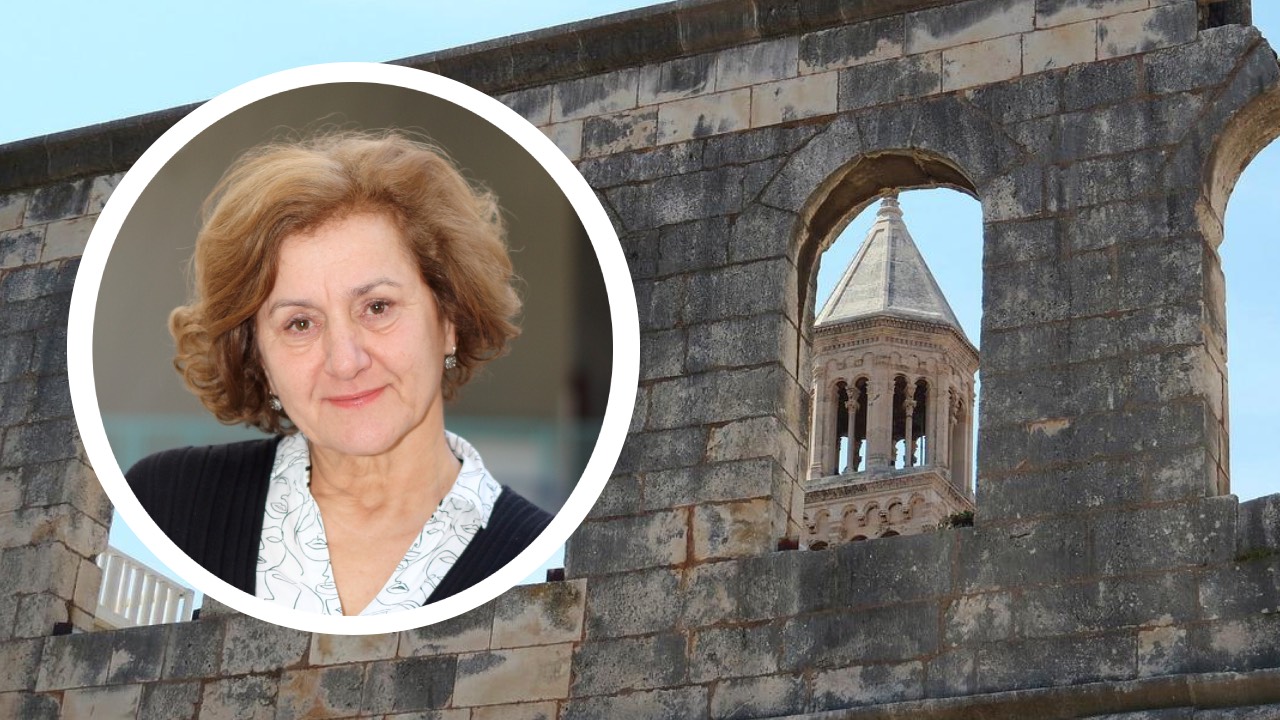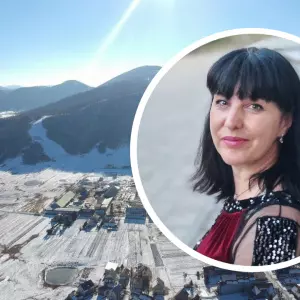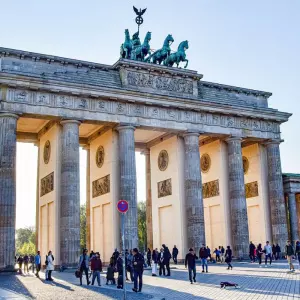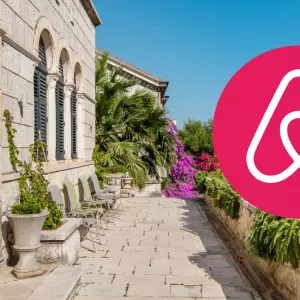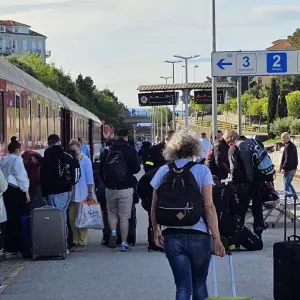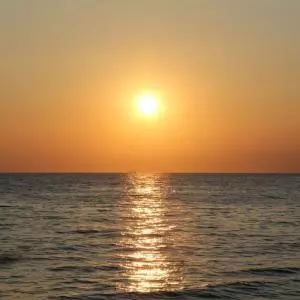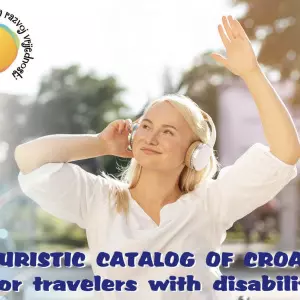Cultural tourism. We have the potential, they are screaming on all sides, we all know that, and we can never make a step forward and make cultural tourism a quality complete product.
For this we need a strategic approach to the development of cultural tourism, both at the local and national level. It is through the development of cultural tourism that added value is created and the tourist season is extended. Cultural tourism does not know seasonality.
Despite the few positive examples, we might conclude that we have a story, amazing cultural stories from our rich history and culture and way of life, but we don’t have a product. Why this is so and how cultural tourism finally gets the status it deserves, I talked prof. dr.sc. Lidija Petrić from the Faculty of Economics, University of Split, who is the author of various professional books and scientific papers related to the strategic development of tourism, sustainable development and cultural tourism.

